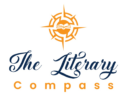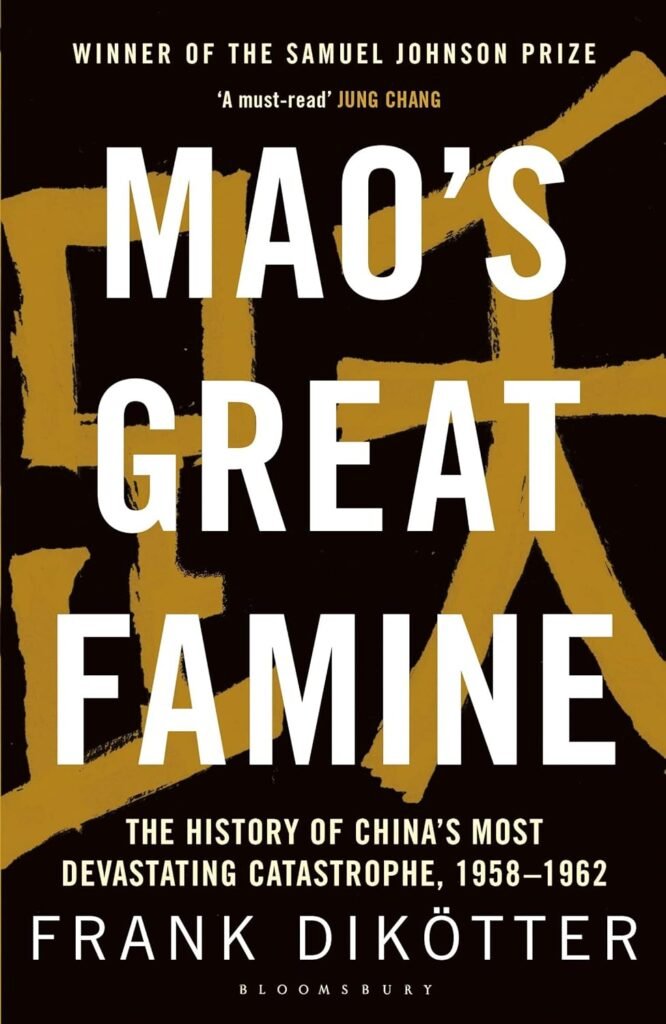Table of Contents
Imagine a grand experiment unleashed not in laboratories but across the vast plains and crowded villages of a nation. This was Mao Zedong’s Great Leap Forward—a name so ironically benevolent for an era so steeped in human suffering that even Orwell might wince. Between 1958 and 1962, China endured a famine so widespread, so haunting, that it redefined the cost of political ambition. In Mao’s Great Famine: The History of China’s Most Devastating Catastrophe, historian Frank Dikötter peers deeply into this abyss, examining not just the numbers but the unparalleled human and moral cost of the crisis. The book forces readers to grapple with harrowing truths that history often prefers to obscure.
Context: The Ambitions of Mao and the People’s Republic
The Great Leap Forward was launched with promises of utopia, a future where tractors replaced plows and steel mills outnumbered trees. For Mao, the vision wasn’t just bold—it was absolute. By collectivizing agriculture and directing labor into futile industrial efforts, he sought to catapult China past Western powers, an audacious but profoundly misguided ambition.
The results? Catastrophic. According to Dikötter’s research, 45 million lives were extinguished—a figure so staggering it requires mental arithmetic just to comprehend. Lives were reduced to cogs in a machine that devoured its own. Scholars continue to examine the policy’s devastating disconnect from reality and its central role in what became the deadliest famine in recorded history. As highlighted in this Guardian review, Dikötter underscores the sheer audacity of human negligence underpinning this tragedy.
Unearthing the Truth: Dikötter’s Methodology
Frank Dikötter’s approach to storytelling is not just comprehensive; it is surgical. He wields newly accessible archives—documents once cloaked in secrecy—to expose a government machinery that prioritized political ideology over human survival. The book details how the Communist Party’s rigid propaganda inflated grain quotas beyond physical reality, leading to impossible demands on rural farmers. These quotas were not numbers; they were death sentences.
Archival material reveals disturbing policies, such as Mao’s horrifying suggestion that sacrifice—immense, unrelenting sacrifice—was a necessary evil for progress. Statements like, “It is better to let half the people die so that the other half can eat their fill,” are as chilling as they are illuminating. If you’re curious about how famine has been historiographically analyzed, China Law and Policy provides additional academic context, framing the structural and political dynamics of this dark chapter.
The Human Cost: Stories and Lessons
Dikötter’s meticulous research rivals a grim epitaph; his prose carries the weight of human suffering without lapsing into sentimentality. Each chapter brings stories of resourceful farmers who, when faced with starvation, boiled tree bark into soup and dug deep into the earth for roots. These stories are not just footnotes; they are reflections of resilience crushed by man-made catastrophe.
Yet for every anecdote of human endurance, there exists the unfathomable counterpart: cannibalism, children bartered for grain, entire villages erased from the map due to systemic neglect. History books often sanitize such horrors, but Dikötter ensures that these details aren’t merely statistics—they’re moral indictments.
His narrative continually reminds us that the famine wasn’t just a tragic accident. As noted by the Kirkus Review, Dikötter argues that the famine was “a crime of Maoist officials,” describing their willfully blind authoritarianism as they turned rural China into a dystopia.
A Broader Perspective: Criticism and Debate
While Dikötter’s book has been celebrated for its rigorous investigative depth, it hasn’t escaped scrutiny. Critics point out potential methodological bias, questioning whether the archival sources paint a clear enough picture of the bureaucracy’s intent. The famine’s death toll—frequently cited as 45 million—has also invited skepticism from scholars advocating for more modest estimates. Such debates are meaningful, underscoring how both memory and interpretation remain contested terrains. For additional viewpoints, explore insights on the period in this Asia Society piece.
However, these critiques do not diminish the book’s impact. If anything, they provoke critical thought about how we remember—and misremember—times of collective trauma.
The Ecological Cost: A Lesser-Explored Angle
A particularly haunting revelation is the environmental degradation tied to Mao’s policies. Entire forests were cut down to meet steel production quotas, toppling not just trees but livelihoods. The destruction of rural housing—estimated at 30-40%—left millions homeless, building the bizarre paradox of a regime that claimed to uplift workers while stripping them of their very land and shelter.
Final Reflections: Relevance in the Modern Era
In today’s world, where centralized power and unchecked political ambition still dominate global governance, Dikötter’s book serves as a chilling warning. The famine is not merely a chapter in history—it is a mirror reflecting the dangers of ideological zeal unchecked by reason or humanity.
Mao’s Great Famine reminds us that history is never just about the past; it is about understanding our capacity for hubris and cruelty. Dikötter’s work does more than recount the horror—it confronts readers with the lingering question of how societies can prevent such disasters from ever recurring.
If history should teach us anything, it is this: no utopia is worth the cost of innocent lives. Perhaps Mao’s experiment wasn’t a leap forward; it was a plummet into the abyss. Today, as you weigh the lessons of this tragedy, remember that the true measure of progress resides in the preservation of dignity—not its sacrifice.
For those keen to explore this subject further, the book is available on Amazon. It’s more than a history book—it’s a moral reckoning.

